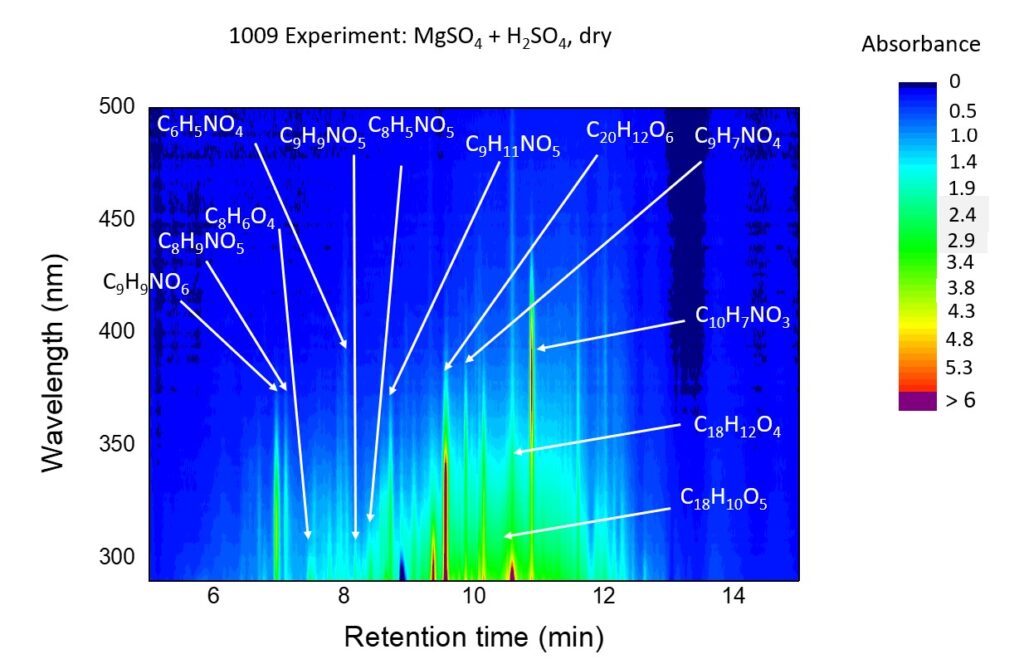Credits : France SIMONET/IRCELYON/CNRS Photothèque
Topic 3 :
study of soot ageing in the atmosphere
Atmospheric ageing of soot can take place according to two main types of reaction processes : soot can act as a reactive surface on the one hand and as a deposition surface for gaseous species on the other. Thus, it is important to continue to document the heterogeneous chemical and/or photochemical reactivity of atmospheric oxidants with soot, or more precisely of the molecules adsorbed on their surface, such as PAHs and their nitro and oxygenated derivatives. In addition, it is essential to also consider the gaseous fraction associated with soot, made up of volatile or semi-volatile species which, after possible oxidation in the gaseous phase, can participate, by condensation on the particles, in the “secondary” fraction or more broadly in the ageing of soot. Among the precursors of a secondary organic fraction, PAHs and their derivatives are again likely to play a predominant role.
Two complementary approaches
The first consists in directly characterising the modifications of the properties of interest (optical, hygroscopic, toxicological, etc.) during the atmospheric fate of soot particles, whereas the second, located at a more fundamental level, is based on the study of the reaction processes involved in ageing in order to describe, in particular, the evolution of the chemical composition of the particles and thus better understand the modification of their macroscopic properties.
One of the major issues in the study of soot particle ageing is the characterisation of the evolution of their hygroscopic properties, which is essential for the study of their interactions with water. Indeed, during their atmospheric ageing, the particles evolve from a hydrophobic character (at emission) to a more hydrophilic character, which modifies their role as condensation nuclei for clouds (size, cloud life time, etc.), in connection with their impact on the climate.
In addition, beyond the search for source tracers, it also seems necessary for a reliable description and modelling of the atmospheric ageing of soot to identify and, if possible, evaluate in real atmosphere, the importance of the different reaction pathways that are studied theoretically or experimentally in a controlled environment. This is based on the determination of process tracers.


